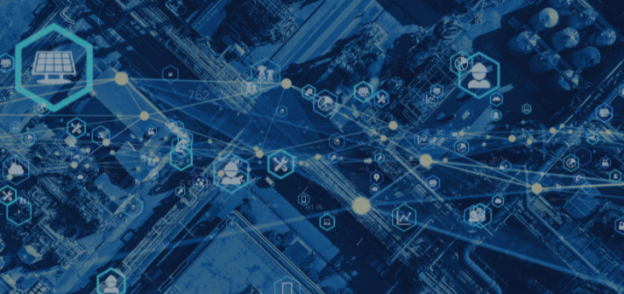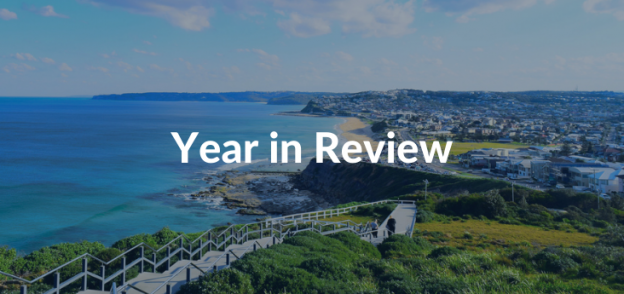We’re all about safety—right from the very top, all the way down to each individual worker. In fact, it’s our focus on the safety of workers which makes Pegasus stand apart from other workforce management software solutions.
Your workers are your business’s greatest strength, and biggest weakness.
Highly qualified and well-trained workers lead to success. Under educated and poorly inducted workers lead to bad business outcomes, loss of revenue, and in severe cases, loss of life.
So, how do you make sure your workers are responsible for your business success? Properly onboard them.
The Importance of Onboarding
Onboarding new workers happens in every workplace. Or at least it should.
You must never underestimate its importance. In fact, we’d go as far as saying the first and most vital step in managing your workforce effectively is onboarding your workers well.
You need to make sure your workers have all the information they need to perform their roles and tasks with minimal risk to themselves and others. Do they have the right licences, insurances, and qualifications? Have they undertaken the right training? When was the last time they did training? Does it need to be reviewed?
You need to implement a thorough onboarding schedule for new workers and employees. By onboarding them properly to begin with, it’s a simple way for your business to manage risk.
How Do You Onboard Workers Successfully?
There are three different paths you can go down: classroom, online, or a combination of the two.
For site-specific induction, classroom (or in-person learning) on site is likely to be the most effective. Being able to physically walk your workers through their surroundings before they begin work can eliminate hazards and risks preemptively.
Though you should implement online learning and onboarding where possible. Research shows learning online boosts retention rates by 25 to 60 per cent, compared to 8 to 10 per cent with traditional classroom training (Source: SH!FT).
By incorporating mid-course exercises, quizzes, and summaries, you help workers retain what they’ve learned. An online onboarding environment also provides the option for workers to revisit and refresh their knowledge when they start to feel a little rusty.
Combining a combination of in-person and online induction modules, you can make sure everyone working for you has the same information about how you want your business to operate. It also fulfils your duties according to the Work Health and Safety Act.
So you’ve properly onboarded your new staff. But if you can’t report on and view their results, you’re missing out on vital feedback. This is where the Pegasus LMS comes in—and why you need a workforce management solution.
The Pegasus Difference
The Pegasus LMS empowers you to simplify the onboarding and ongoing training of your workers. You can setup automated reminders and gain access to insightful analytics about the education of your workforce. These reports also provide visibility over training blind spots among your workers.
You can ensure all induction materials and training are tied to safety outcomes and legislative requirements, both from the WHS Act and industry-specific legislation.
All of this can be combined and cross-checked against worker-specific roles in your workforce management solution with Pegasus.
So, what are you waiting for?
Talk to Pegasus today about implementing the Pegasus LMS for onboarding your workforce.












